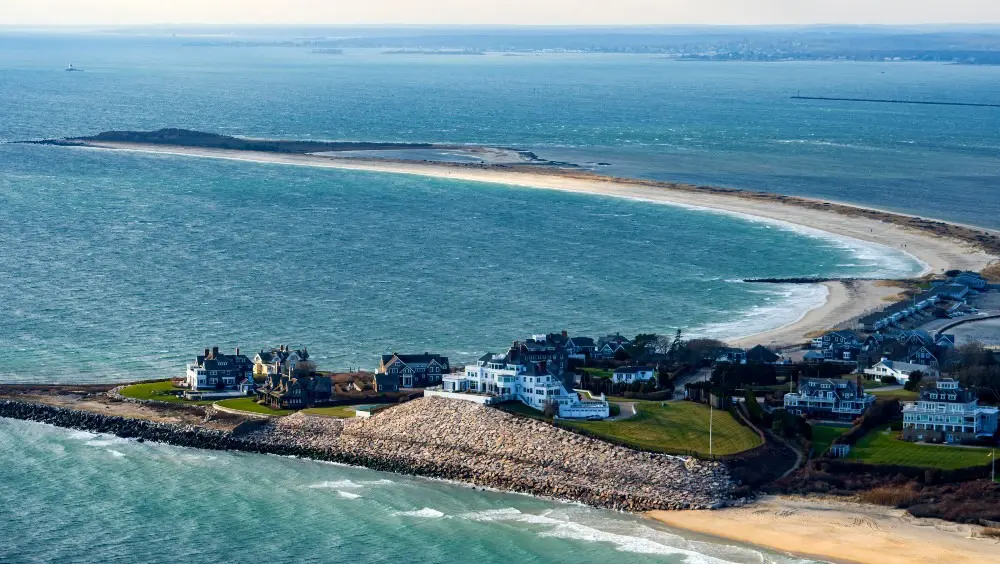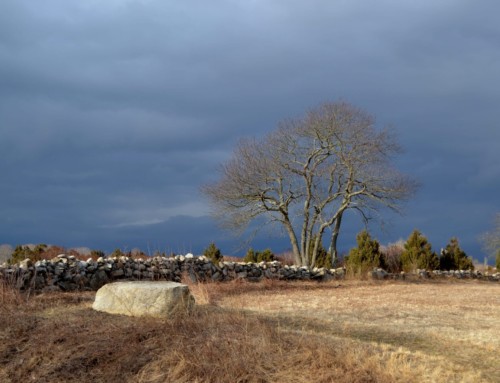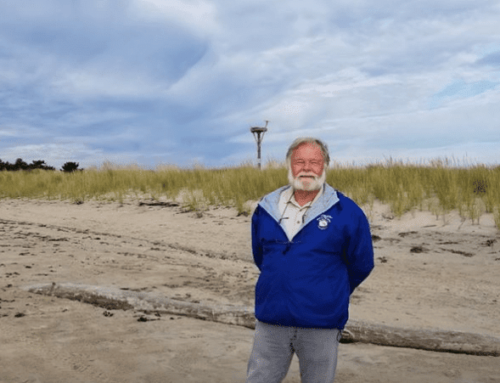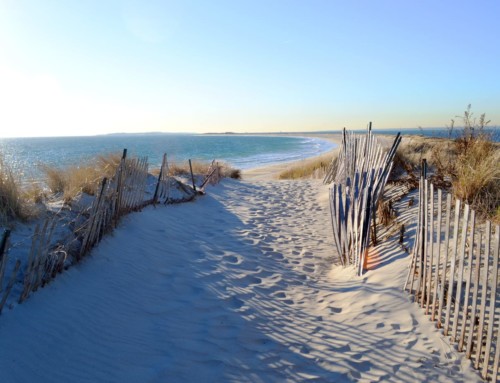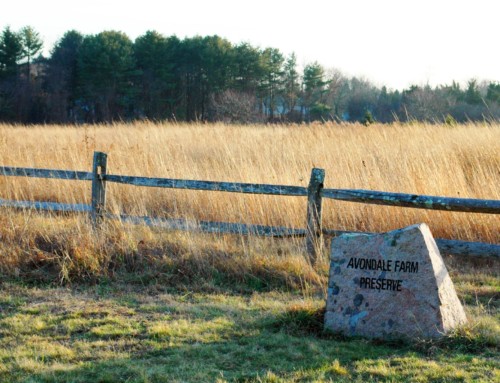Over 400 years ago a small crude leaky 42-foot ship crawled up the coast of southern New England to the mouth of the Pawcatuck River. The rugged Dutch explorer, navigator, and trader Adriaen Block was the captain.
Captain Block must have been tough as nails to come through many of the adventures he undertook. He started his career by sailing to Scandinavia and loading wood for deforested Spain. His next trading voyage was to the Mediterranean Sea and then to Indonesia. He also fathered five children along the way. He then made four voyages to the New World. This is all before the invention of the Sextant.
On his fourth voyage to America, he sailed up the Hudson River as far as present-day Albany in the company of two other Dutch ships to trade for Beaver Pelts with the indigenous tribes. Beaver was in high demand in Europe. Upon returning to Manhattan Island a dispute over shares of the profits with another captain resulted in a mutiny and his ship Tjger accidentally caught on fire.
Being ever resourceful, Block and some loyal crew built crude huts and spent the winter on the Island. Over the winter with the help of Native Americans, they built a new ship he called the Onrust, Dutch for” Restless”. In the spring of 1614, they set sail east up Long Island Sound exploring the coast and eventually landing at Block Island which he named after himself.
On the way to Block Island, he was the first European to discover the Connecticut River and sailed as far north as Enfield. He also ascended the Thames River, named Fishers Island after a crew member, and reached Little Narragansett Bay. On the right side of the bay was a tree-covered point he named Nap of Trees which we know today as Napatree Point which was heavily forested at the time. He sailed up the Pawcatuck River which he called the East River as far as Pawcatuck Rock adjacent to the present day Westerly Yacht Club. The name Rhode Island possibly comes from Adriaen Block and the Dutch Rood Eylant meaning Red Island.
The area east of the river, today’s Westerly was called Misquamicut. Ownership was disputed by three different tribes, the Niantic, Pequot, and Narragansett. In 1614 Captain Block drew a map accurately showing Long Island Sound, Long Island, Manhattan Island, Fishers Island, Block Island, and many other features of the coast.
Captain Block returned to Holland with the good news that fur trading was a very real possibility. His last voyage in 1615 was to Spitzbergen in command of 3 Dutch warships and eleven whalers. Restless to the end, he sailed up until his death in 1627 and was buried next to his wife in Amsterdam. The Journal of his New World voyages has never been found. What incredible history it would hold. Perhaps one day some scholar will find it.
It is hard to picture Napatree Point the way it was over 400 years ago covered in thick forest. Today it is devoid of any large trees and has been that way since the Great Gale of 1815 blew down all the trees. It is, however, one of the most spectacular walks along the beautiful Rhode Island coast.
